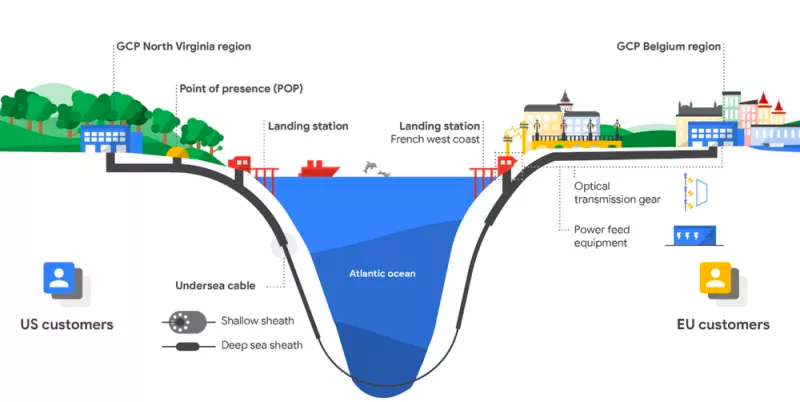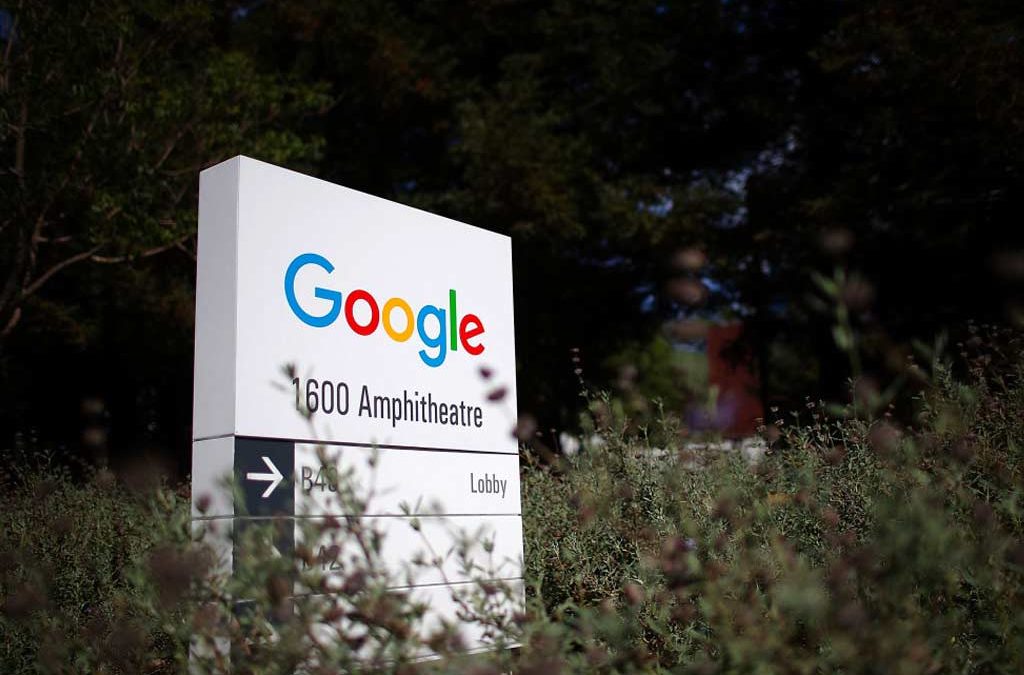On Tuesday, Google announced yet another massive subsea cable project, this time a private line stretching across the Atlantic Ocean to connect a data center in the US directly to another in Europe.
Per TechCrunch, the planned “Dunant” cable (named after Red Cross founder Henry Dunant) will make landfall in France after crossing nearly 4,000 miles of ocean floor and “connect Google’s North Virginia region directly to its Belgium region.” It’s expected to be operational by late 2020.
As Google’s Jayne Stowell explained in a blog post, companies which handle massive amounts of data have three options when trying to cross the ocean: leasing capacity from an existing cable, partnering with other companies with similar needs in what is called a consortium deal to build one, or simply doing it themselves. Though such projects typically cost hundreds of millions of dollars—including both the cost of the cable and the specialized surface facilities that need to be built to connect them at either end—owning its own cable will allow Google to directly connect its data centers without having to share any of the bandwidth.

Graphic: Google
“Cables are often built to serve a very specific route,” Stowell wrote. “When we build privately, we can choose this route based on what will provide the lowest latency for the largest segment of customers.”
The announcement follows three others declared by Google this year, per PC Mag. Two of them, the Havfrue cable connecting the US to Denmark and Ireland and the Hong-Kong-Guam cable, are part of consortium deals. The third, the Curie cable connecting the US to Chile, will be privately operated by Google. The cables are generally intended to improve the performance of the company’s cloud computing infrastructure, with Curie being the first subsea cable commissioned by a major non-telecommunications company, PC Mag wrote. Google says Curie will be Chile’s “largest single data pipe.”
According to TechCrunch, Google has also made a number of other substantial consortium investments in subsea cables.
